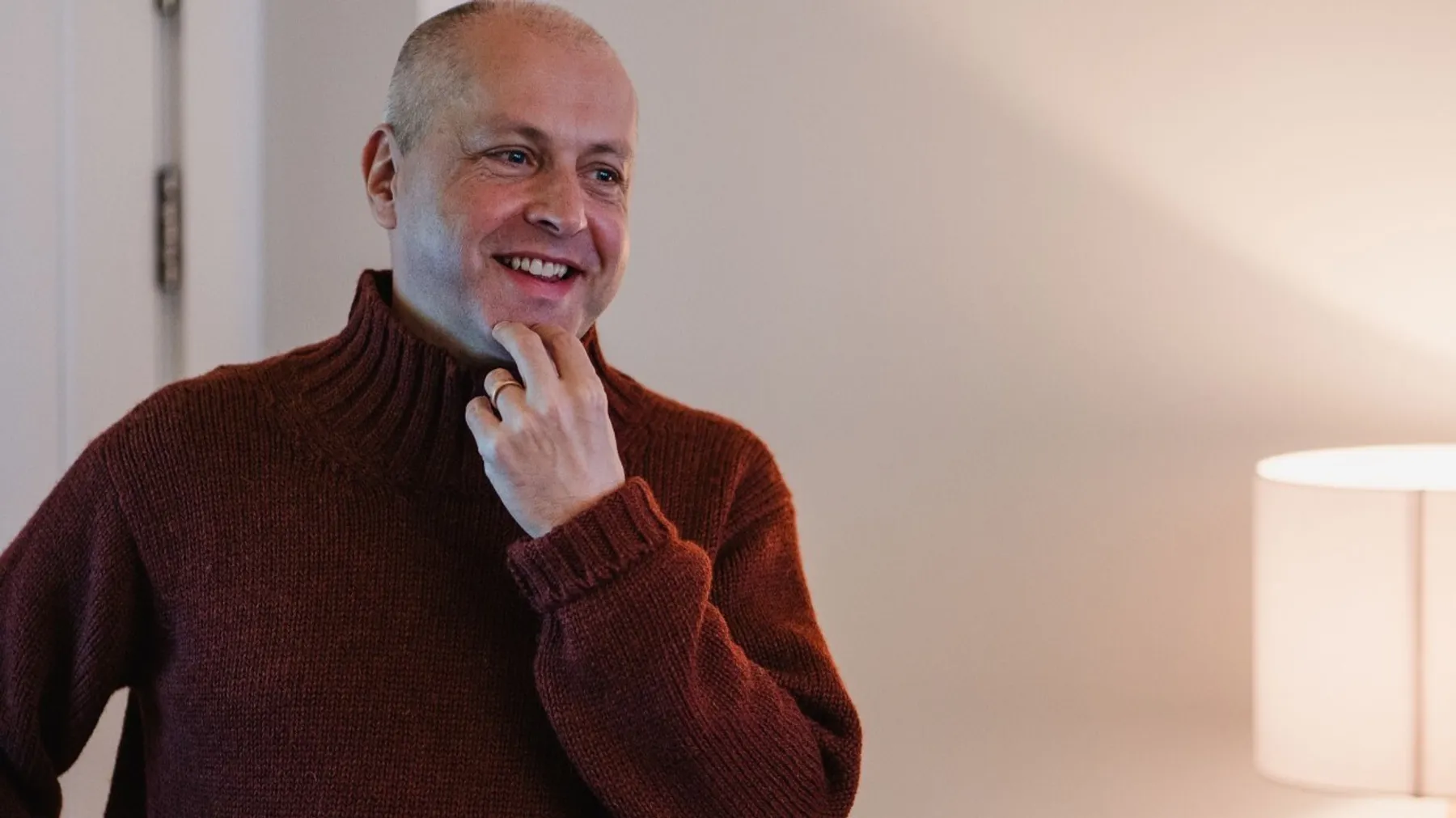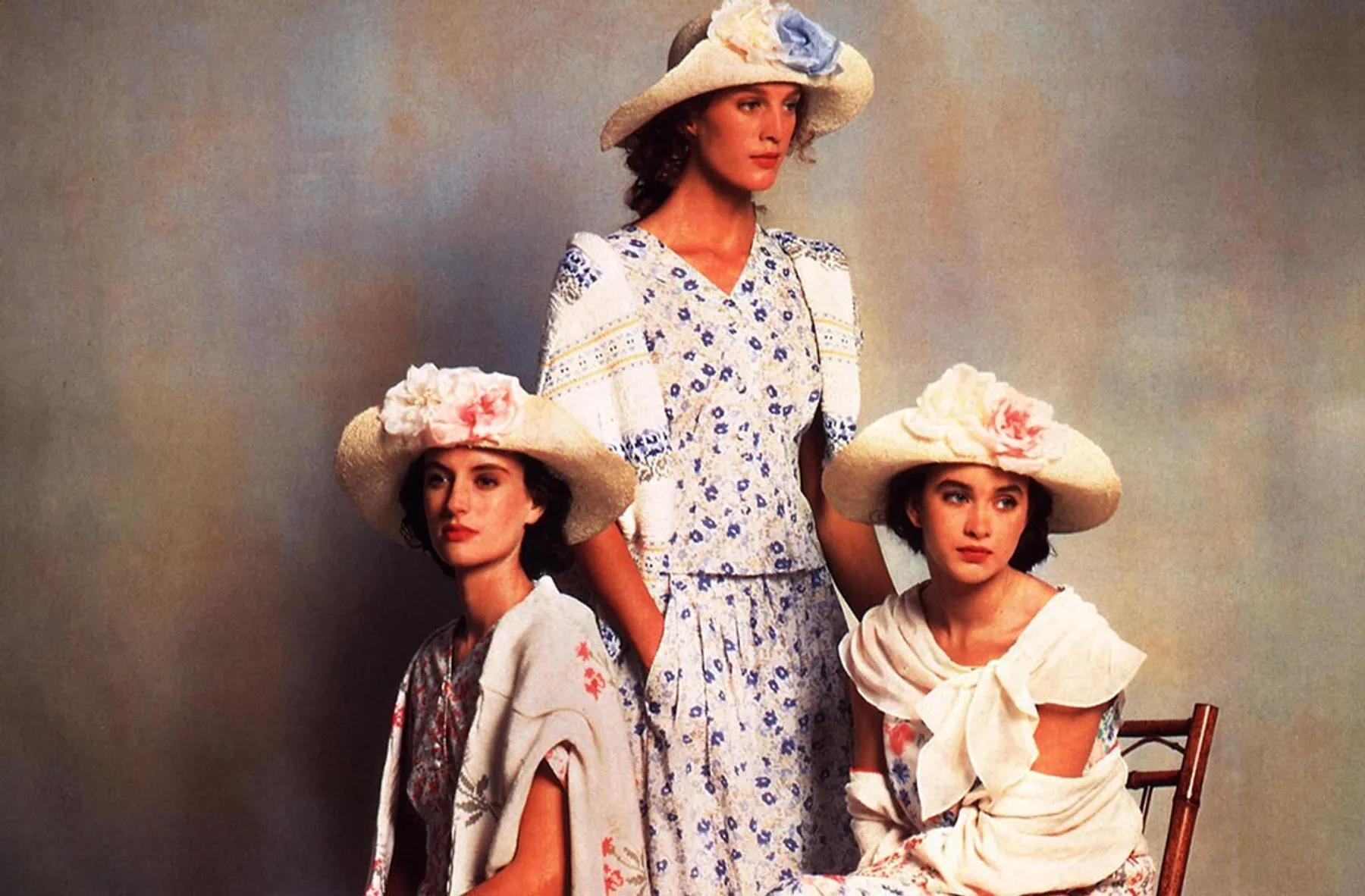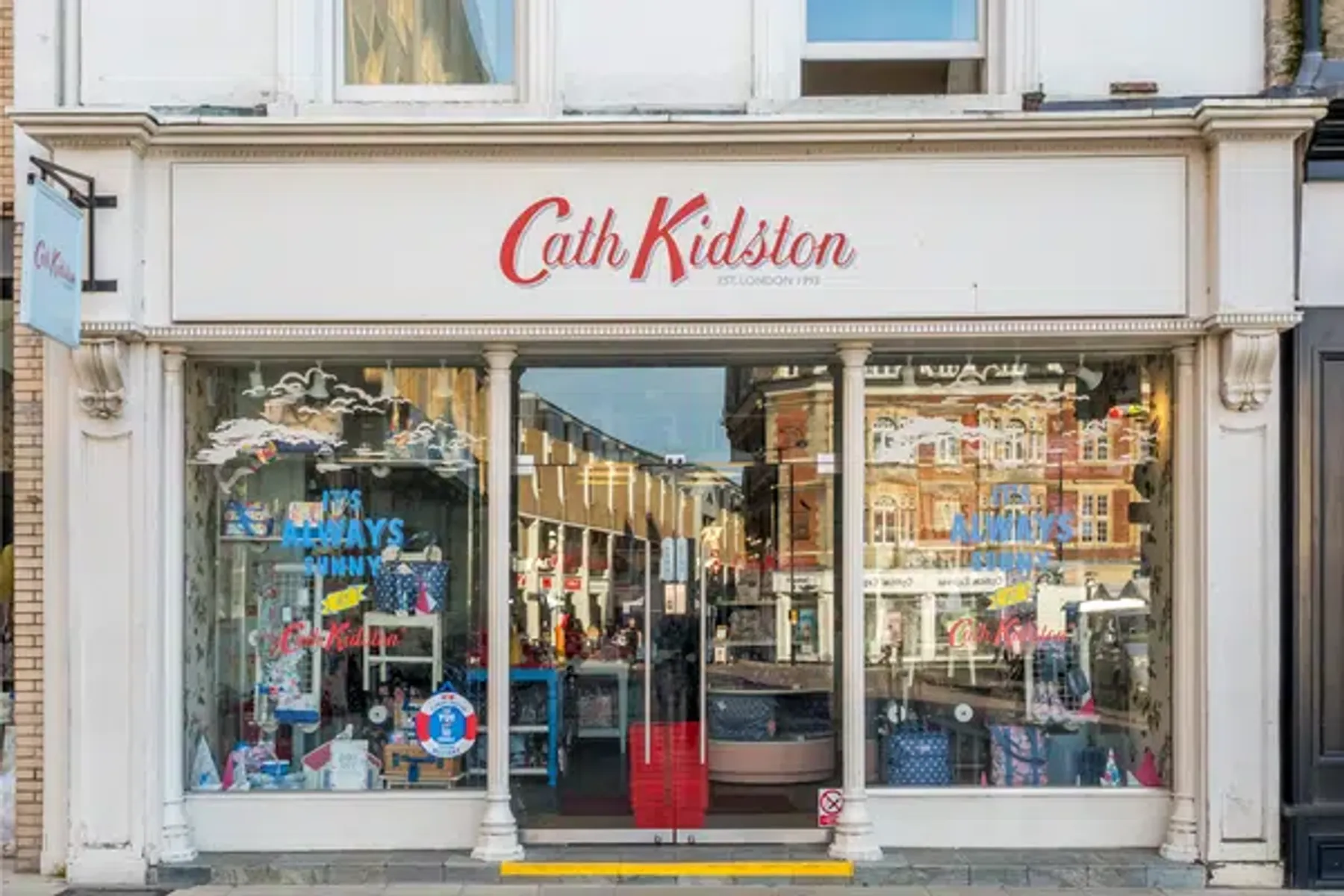Your competitor is licensing everything. Should you panic?

You’ve seen the announcements. Your competitors are launching homeware, bedding, stationery, ceramics, pet beds, soft drinks, pets soft drinks. They’ve licensed their brand across half the high street and most of the internet.
You start to wonder if you’re being left behind.
But growth through licensing comes with risk. Brand equity is hard-won and easily diluted. And the long-term cost of short-term expansion is often hidden until it’s too late to course-correct. Here’s how to stay clear-headed, keep control, and grow for the long haul.
When licensing goes wrong
We’ve been here before. In the early 2000s, the lifestyle boom drove many beloved British brands to expand aggressively. They chased global footprints, opened stores, and signed deals across every category imaginable. But behind the scenes, brand focus was fraying.
Take Laura Ashley. What started as a kitchen-table print business became a global brand, with 220 stores worldwide by the mid-1980s. But scale didn’t translate to resilience.
“Over-expansion and a lack of vision meant the business lost its way long before it finally fell into administration in 2020.”
""
— Lauretta Roberts, The Industry .fashion, 14 April 2022""

Brand dilution wasn’t just a creative issue. It triggered operational breakdowns and financial instability. Orla Kiely is another cautionary tale. Known for its bold 70s-inspired prints, the brand was expanding internationally and gaining traction. But an ambitious push into the US, including a flagship store in New York, overextended the business.
“The NYC opening created a drain on the cash flow, causing the requirement for additional borrowing which eventually led to the collapse of the whole group.”
""
— Sandra Halliday, Fashion Network, 29 October 2019""
Cath Kidston built a highly recognisable brand on nostalgic prints and cheerful, floral patterns. That visual consistency gave the business a clear identity—but over time, it became a liability.
“Whilst the iconic prints have been loved by many, the bright, bold and almost child-like designs have the potential to alienate a large majority of consumers,”
""
— Roxana Alam, senior strategist at FutureBrand, quoted in Retail Gazette, 15 April 2020""
The brand’s refusal—or inability—to evolve left it exposed. A lack of visual reinvention, paired with growing ubiquity, turned distinctiveness into sameness.

“The lack of rejuvenation with the prints and subsequently, the brand itself, has led to it feeling expected, uninspiring, and lacking relevancy for today’s audience.”
""
— Roxana Alam, Retail Gazette, 15 April 2020""
Cath Kidston’s story is a warning for brands who confuse consistency with repetition. Recognition matters, but without evolution, even the most beloved identity can become forgettable.
In all cases, licensing and expansion weren’t inherently the problem. The issue was speed, spread, and the pressure to prop up performance with more product and more partners. By the time the cracks showed, the brand equity that once made these businesses so valuable had already been compromised.
It’s worth noting that many of these brands are now back, under new ownership and with more measured strategies. Laura Ashley has returned through a licensing - led model under Gordon Brothers, partnering with Next and IMG to relaunch fashion and homeware. Orla Kiely has refocused on ecommerce and selective homeware partnerships after the collapse of its fashion arm. Even Cath Kidston, now owned by Next, lives on as an online-only brand. Each one offers lessons not just in what went wrong, but in how to rebuild with greater clarity, control, and constraint. But there's a new crop of brands the learned these lesson from the start.
What smart licensing looks like
Sara Miller London launched in 2016. Within a few years, it had over 1,000 licensed products across gifting, homeware, fragrance and travel. But there are no Sara Miller stores. No Sara Miller factory. The brand licenses everything.
It works because the business is designed to stay small and controlled.
“We are giving the consumer that same branded experience and would never know it’s not manufactured by us.”
""
— Sara Miller, Yahoo Finance UK, 17 June 2023
""

“We always look for a partner with true expertise in their particular field, with a focus on premium quality.”
""
— Sara Miller, IndianRetailer.com, 2 January 2025""
Every partnership is carefully chosen. Every product goes through a rigorous approval process. The company prioritises brand integrity over speed. That’s why licensing works for them. And why it fails when done in panic.
Seven principles for protecting brand equity while you grow
- Clarity over chaos. Don’t react to competitor noise. Step back and plan with purpose.
- Brand guardianship. Protect your codes, your story, your tone. Build consistency across every channel.
- Design system discipline. Provide partners with clear, flexible, pre-approved assets. Avoid dilution by design.
- Selective partnerships. Work with people who care about the brand as much as the numbers. Say no more than yes.
- Consumer feedback loops. Monitor buyer reactions, trade feedback, Reddit threads. Act early on signs of confusion or fatigue.
- Financial integrity. Don’t over-leverage. Don’t rely on growth to fix bad numbers. Don’t burn the brand to please investors.
- Operational enablement. Structure things so your team isn’t stretched thin. Bring in experts to help manage execution without losing control.
A few principles to borrow
Whether you’re licensing or considering it, here are three things worth taking seriously.
- Guard your core. Don’t license categories you can’t review properly or keep tabs on.
- Reinvention matters. If the brand doesn’t evolve, licensed products quickly feel stale.
- Keep something back. Hold onto a few codes, product lines or markets that remain exclusive. It keeps scarcity in play.
Too often, brands treat licensing as the endgame. In reality, it’s just another distribution model. Your job is to make sure the brand shows up well, consistently, recognisably, and in the right hands.
Let’s wrap this up
Just because your competitor is licensing everything doesn’t mean they’re winning. The brands that last are the ones that stay calm, stay clear, and stay selective. They extend only as far as they can maintain control. They know that being everywhere is not the same as being valued.
A measured, design-led, feedback-aware licensing strategy will always outperform a panic-led landgrab. Make sure your next move is one you can defend in three years. Not just three months.
If you’re working through these decisions and need a clearer framework, start with the seven pillars above. And remember: growth is only valuable when the brand gets stronger with it.





